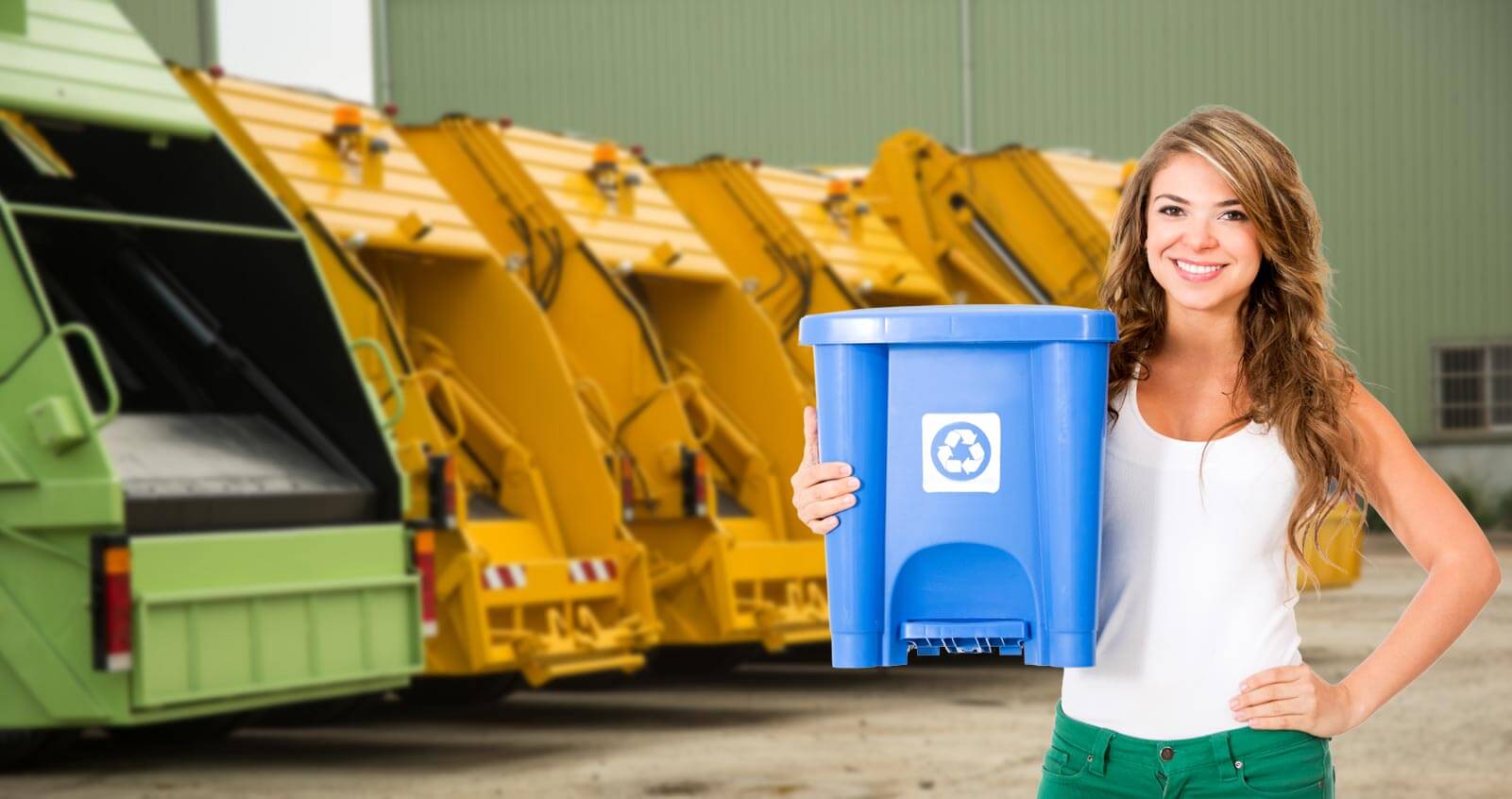Ways to Reduce E-Waste Effortlessly
Posted on 14/11/2024
Electronic waste, or e-waste, refers to discarded electronic appliances such as computers, televisions, mobile phones, and other devices. With technology evolving at a rapid pace, the amount of e-waste generated is surging. Addressing this issue is crucial, not only to mitigate the environmental impact but also to conserve valuable resources. In this article, we'll explore various ways to reduce e-waste effortlessly and contribute to a more sustainable future.
Understanding the Impact of E-Waste
Before diving into the solutions, it's important to grasp the significance of the e-waste problem. E-waste contains hazardous materials like lead, mercury, cadmium, and brominated flame retardants, which can leach into the environment, contaminating soil and water. Additionally, e-waste often contains precious metals such as gold, silver, and palladium, the extraction and processing of which are resource-intensive activities.
A large portion of e-waste also ends up in landfills or is illegally exported to developing countries, where it is dismantled under poor conditions, posing health risks to workers and local communities. Understanding these impacts makes the necessity of reducing e-waste clear and urgent.

Ways to Reduce E-Waste Effortlessly
1. Opt for Sustainable Products
When purchasing electronic devices, opt for products designed with sustainability in mind. Look for manufacturers that emphasize recyclable materials, energy efficiency, and longer product lifespans. Certified products such as those with the Energy Star label or those meeting the Electronic Product Environmental Assessment Tool (EPEAT) criteria are generally more sustainable choices.
2. Extend the Lifespan of Your Devices
One of the simplest ways to reduce e-waste is to extend the operational life of your existing electronic devices. Here are several strategies to achieve this:
- Regular Maintenance: Cleaning and maintaining your devices can prevent them from breaking down prematurely.
- Software Updates: Keeping software updated can optimize device performance and security.
- Repairs: Instead of discarding a malfunctioning device, consider repairing it. Many minor issues can be easily fixed at home or by a professional repair service.
3. Donate or Sell Unwanted Electronics
If you have electronic devices that you no longer use but are still functional, consider donating them to schools, non-profits, or other organizations that can put them to good use. Selling your gadgets through second-hand markets, online platforms, or community sales is another practical solution. This not only reduces e-waste but also helps others access technology at a lower cost.
4. Recycle Responsibly
Recycling is a crucial step in managing e-waste. However, it's critical to ensure that your electronics are recycled responsibly. Many electronics retailers and manufacturers offer take-back programs, collecting old devices for proper recycling. Additionally, local e-waste recycling events and services can safely and efficiently dismantle and recycle electronic devices.
5. Support E-Waste Legislation
E-waste legislation plays a significant role in managing electronic waste. Supporting policies that require manufacturers to take responsibility for their products at the end of their lifecycle promotes sustainable practices. By advocating for stronger e-waste laws and regulations, individuals can influence broader systemic change.
6. Educate and Raise Awareness
Educating yourself and others about the impact of e-waste and the importance of responsible disposal can lead to significant changes. Hosting informational sessions, participating in community initiatives, or simply discussing e-waste issues with friends and family can promote a culture of sustainability.
Embracing a Circular Economy
A circular economy aims to minimize waste and make the most of resources by closing the loop on products and materials. Embracing this concept involves rethinking how we design, use, and dispose of electronic products:
- Design for Longevity: Encouraging manufacturers to design products with longer lifespans, ease of repair, and recyclability.
- Product as a Service: Instead of owning electronic devices, consumers can subscribe to services where they use products for a specified period and return them for refurbishment or recycling.
- Reuse and Remanufacture: Supporting businesses that specialize in refurbishing and reselling electronics.
Transitioning to a circular economy requires collaboration among policymakers, manufacturers, consumers, and recyclers. However, the benefits--reduced raw material usage, diminished environmental impact, and a more resilient economy--are well worth the effort.

Innovative Solutions and Technologies
Innovation is key to tackling the e-waste problem. Several emerging technologies and practices show promise in reducing e-waste:
1. Modular Electronics
Modular electronics, like the Fairphone, are designed to be easily upgraded and repaired. Users can replace or upgrade individual components without discarding the entire device, significantly reducing e-waste.
2. Smart Waste Management Systems
Advanced sorting and recycling technologies, such as automated e-waste sorting systems and robotics, improve the efficiency and effectiveness of e-waste recycling processes.
3. Biodegradable Electronics
Researchers are developing biodegradable electronic components made from organic materials. These innovations hold the potential to reduce the environmental footprint of discarded electronics.
4. Internet of Things (IoT) Solutions
IoT technologies can enhance waste management by providing data-driven insights into e-waste collection and processing, optimizing recycling routes, and tracking the lifecycle of electronic products.
Conclusion: A Shared Responsibility
Reducing e-waste effortlessly requires a collective effort from individuals, businesses, and governments. By adopting sustainable consumption habits, supporting responsible recycling practices, and advocating for effective legislation, we can mitigate the environmental impact of electronic waste and foster a more sustainable future.
Remember, every action counts--whether it's extending the life of your devices, donating or selling unused electronics, or simply raising awareness about e-waste issues. Together, we can build a world where technology enhances our lives without compromising the health of our planet.




